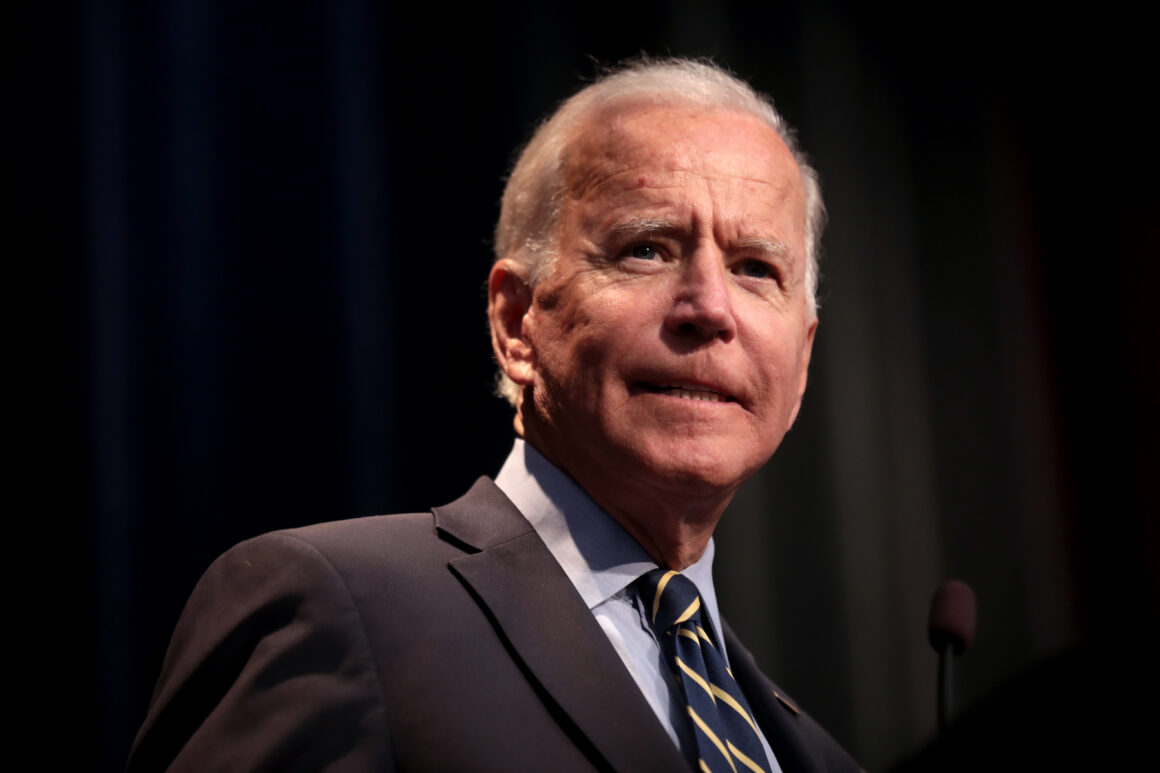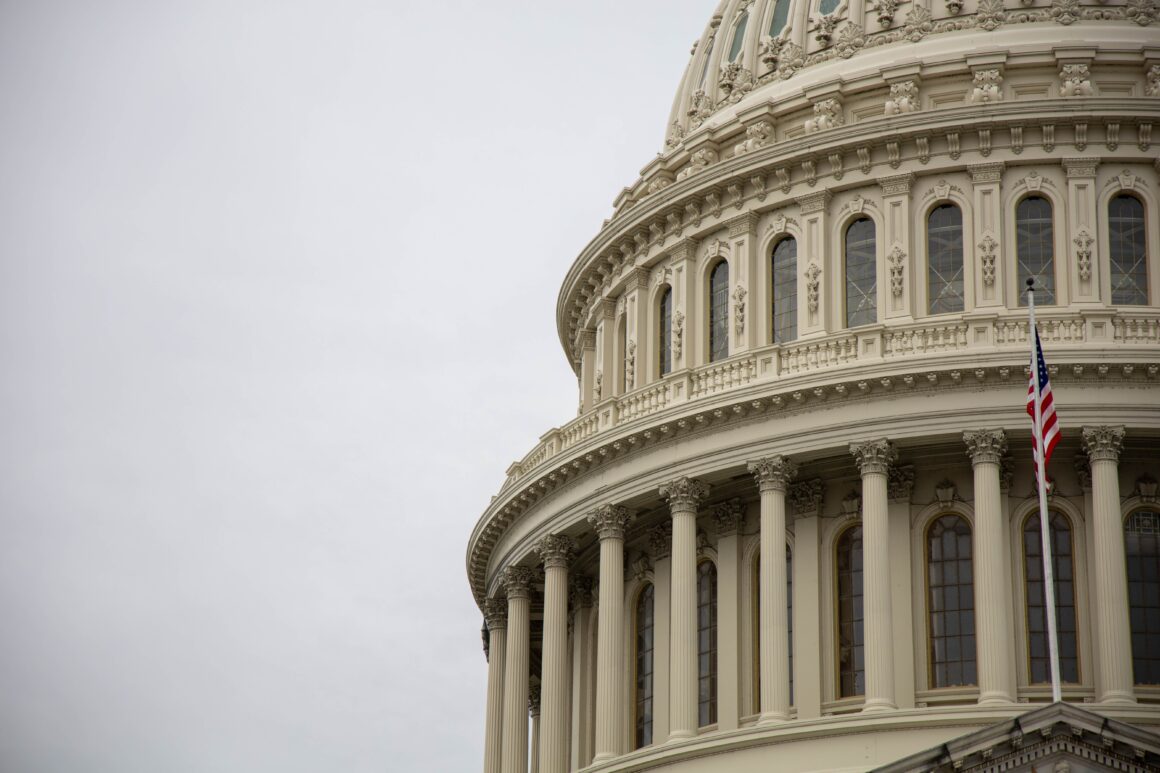[dropcap]W[/dropcap]ith 2017 (and Trump’s inauguration) looming right around the corner, it’s no surprise that the minds of many Americans are tossing aside the holiday cheer for a more down in the dumps demeanor. Obviously, their emotions are justified in a country that has been stained by such blatant sexism; but perhaps 2016 wasn’t all bad. Despite the major loss that was Trump’s acquisition of America’s most powerful position, feminists can certainly find hope for our nation’s future when they look at what went on towards the bottom of the ballot. And while the highest glass ceiling may have yet to be shattered, it’s imperative to acknowledge the victories that women in politics did achieve in 2016 – no matter how long overdue they may be.
Most notably, the percentage of women in Congress has reached a new peak. Women now comprise approximately 20% of both the House of Representatives and the U.S. Senate. While this number is still not accurately reflective of the male to female ratio within our country’s population, it’s encouraging to realize that the frequency of women being elected into positions of legislative power is on an upward swing.
Similarly, November’s votes amped up the percentage of women involved in state legislature – which is arguably even more impactful than federal – to around 25%. And although the United States doesn’t place very high when compared to female political representation in other countries (33rd out of 49 contestants, according to a 2015 Pew Research study), this year’s election season prompted many firsts amongst our nation’s Congress.
The number of women of color with positions in the Senate quadrupled this year.
Likely the most pertinent change took place within the Senate, where three women of color were able to snag seats (effectively quadrupling the number of WOC on this side of Congress). Additionally, each of these women have become milestone markers in and of themselves. Kamala Harris is the first California Senate member of Indian descent, while Catherine Cortez Masto holds the title of the first Latina Senate member from any state. Most impressively, Tammy Duckworth, an Iraq war veteran and the first Thai-born Senate member, garnered her spot after being wrongfully mocked by the man who had previously held her position.
Lastly, while she may not have gotten elected, the international footprint left by presidential candidate Hillary Clinton alone was a huge step in the right direction for women in politics. During her campaign, she obtained the triumphant title of being the first woman to make an appearance on a major party ticket. Despite the sexism cast toward her by peers and common people alike, she was even able to win the popular presidential vote. Don’t let the gruesome shadow of Trump’s ultimate victory fool you – the feminist feat that was Clinton’s campaign was entirely on par with (and even superior to) the performance of the candidates who came before her.
We may have lost a battle, but we haven’t lost the war.
With all of the above in mind, it must be acknowledged that the fact that these minute increments of progression can even be celebrated as victories within the Western World is pretty pathetic. Proportions within politics mirroring the proportions within the population should be a given. However, without recognizing how far we’ve come, how will we ever gauge how far we have to go?
Here’s hoping that 2017 will be America’s most progressive year yet.




